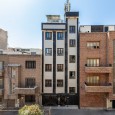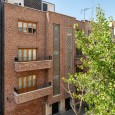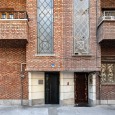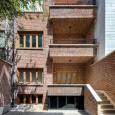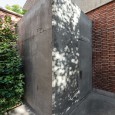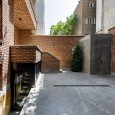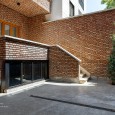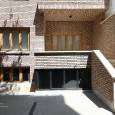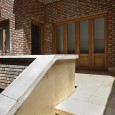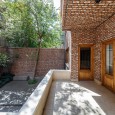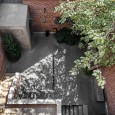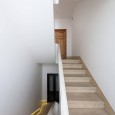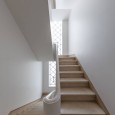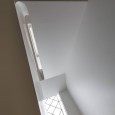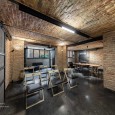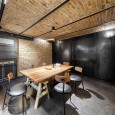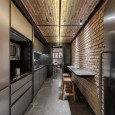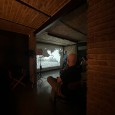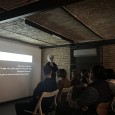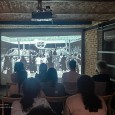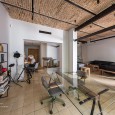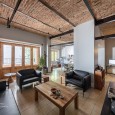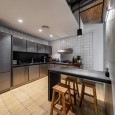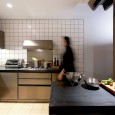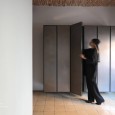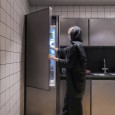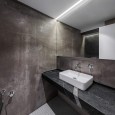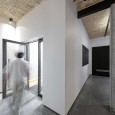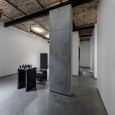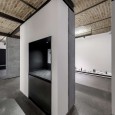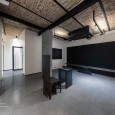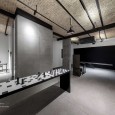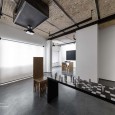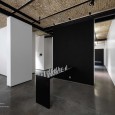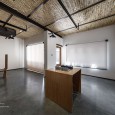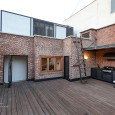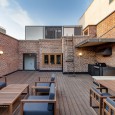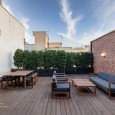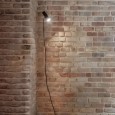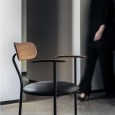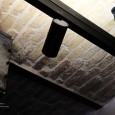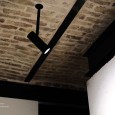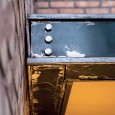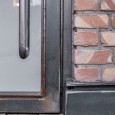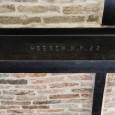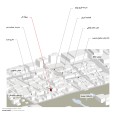Description
Can the restoration and renovation of a typical building in an old urban fabric become an architectural intellectual project and a replicable model in the historical fabric of the city? The historical fabric is in the process of destruction due to abandonment by its owners and their migration to other areas. To prevent the old houses in this fabric from disappearing, it is necessary to harmonize the outdated, traditional spatial system of these houses with the modern lifestyle of today's citizens.
Sometimes, the restoration of a building breathes life into a forgotten part of the city in a way that ultimately transforms it into the realization of an ideal, a goal, and a wish. It becomes a passageway for public interaction and thus places the contemporary citizen in direct exchange with their cultural heritage, allowing them to experience the quality of such buildings in close proximity. This way, they feel the absence of such intellectual models in the urban fabric because, through this interaction, they have physically experienced and touched this quality.
Restoration Process
The restoration of this project started in 1397 (2018) by Ali Shakeri, with initial reinforcement, and after being abandoned for 4 years, it was completed between 1401 and 1403 (2022-2024).
Approach to the Project
The approach to the project is not purely heritage based. Given the building's anonymity, the main focus has been on preparing it for contemporary living, but in a way that the building's authenticity is not overlooked. In practice, the materials and textures maintain their authenticity, and they never return to what they were, avoiding evoking a nostalgic feeling in the viewer. New materials are placed alongside the old materials in such a way that the past and present cannot be easily distinguished. The important point here is that this method can serve as a proposed approach for ensuring the durability of anonymous buildings in the fabric, which can be replicated with minimal cost and implemented by other architects in their projects.
Items that were specifically designed for the project include:
folding chairs, Cinematheque suspension lights all track light and wall lamps, air vents and grilles, kitchen cabinets and wardrobes, linear and wall lights of the project.
All the furniture is from the KOHEN Furniture Collection, which is part of the design collection by Shahabeddin Ghaffari.
Farsi
Please click on the Link below to read the information in Farsi Language.
Click Here!
